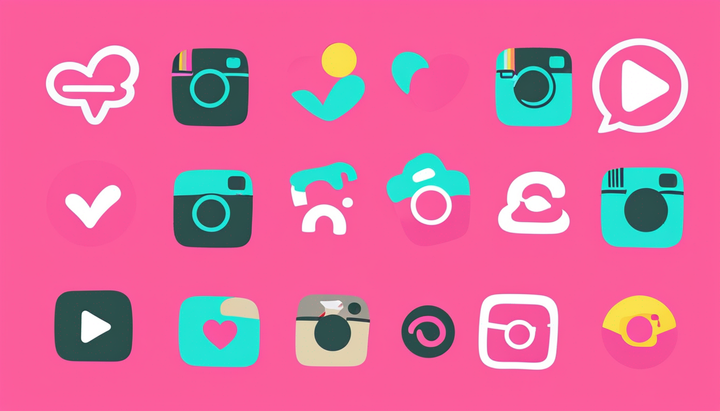How to Post a Live Photo on Facebook
The best way to get a live photo on Facebook is by converting it to a video before posting – I'll show you how to do it online.
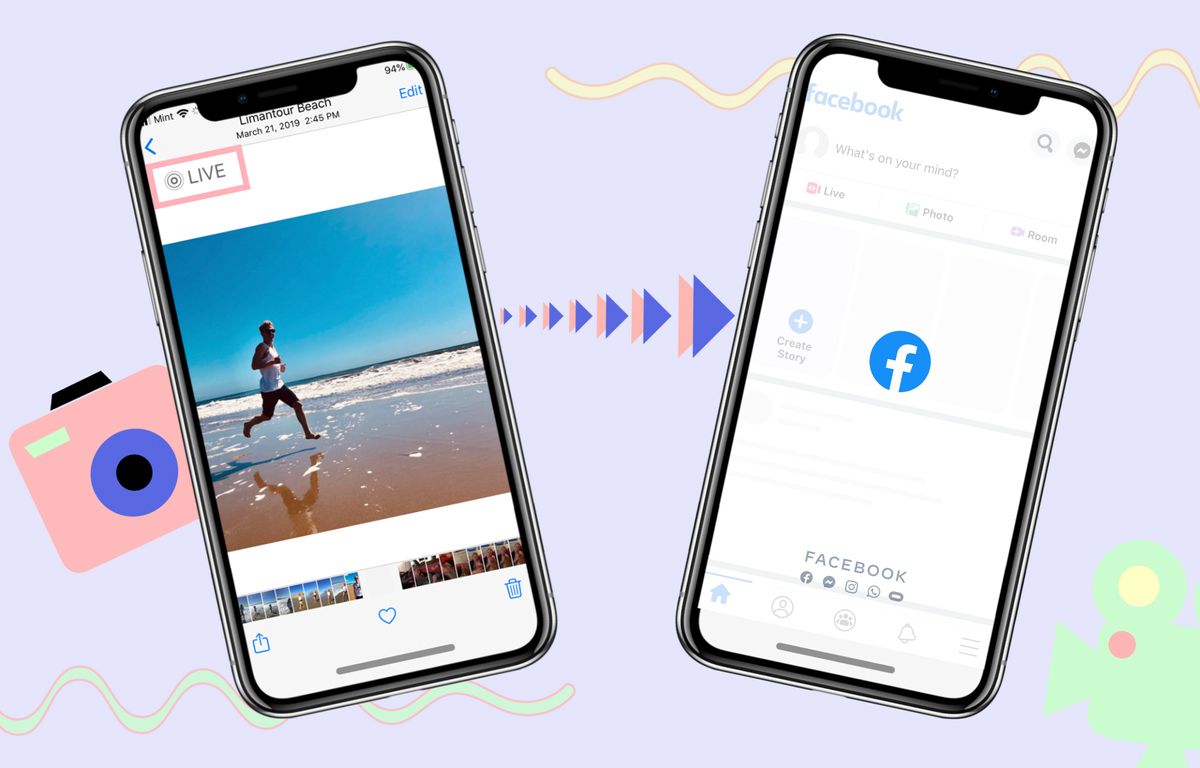
Apple has a really cool Live Photo feature that brings your still photos to life by recording a short snippet in order to capture the best frame. Live Photos use a weird ".HEIC" file and aren't accepted on lots of websites or applications.
The problem with Live Photos is that their odd file format makes it hard to share the short moments they capture. Facebook, for example, doesn't let you upload HEIC files, and Apple automatically converts Live Photos to still images when you try to post them on social media.
How to Convert a Live Photo into a Boomerang for Facebook:
- Switch your live photo to a bounce or loop
- Save it to your files
- Convert to video
- Download and share to Facebook
Step 1: Switch your live photo to a bounce or loop
While you aren’t able to make video files from your live photos on your iPhone, you do have 1 option to change how they play. Go to your Photos app, select the live photo you want to use, and swipe up (or scroll down, if you’re on your computer).
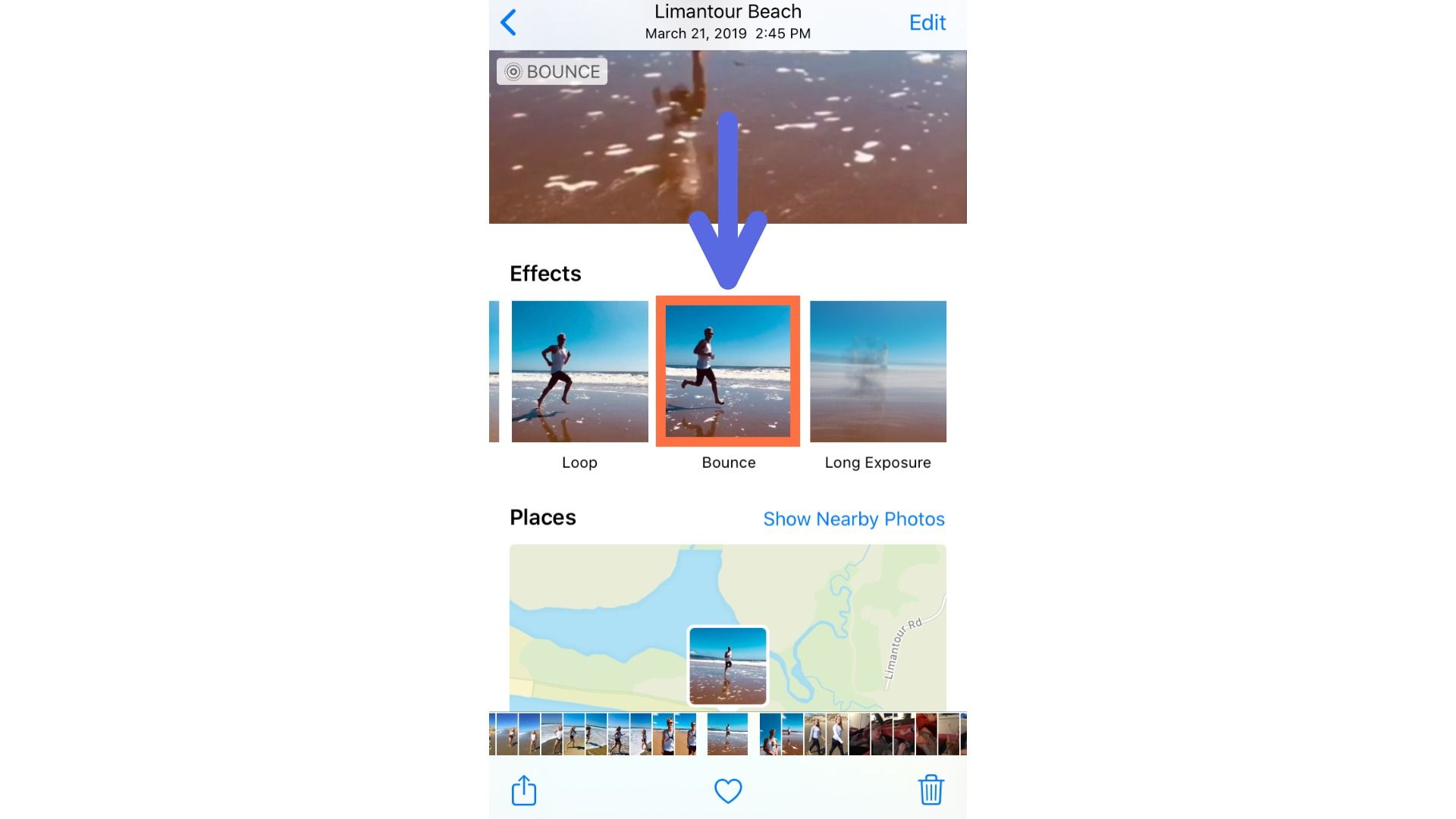
You’ll see 3 options for your live photo: live, bounce, and loop. To make your live photo a video, you’ll need to choose either the loop or bounce option. I recommend going with the bounce style because the loop option truncates your video with a fade effect, although that can have a cool effect for certain videos!
Step 2: Save it to your files
Unfortunately, when the looped or bounced photo is saved in your camera roll, it’s not actually saved as a video. Even if you send it to your computer and export it as a file, it will be saved as a GIF.
Instead, you need to select the photo in your Photos app, choose the “Share” button (it looks like a square with an arrow coming out of it), scroll down, and select “Save to Files.” Go with the first option it gives you – this way, it’ll be the first item you find in the next step – and hit “Save.”
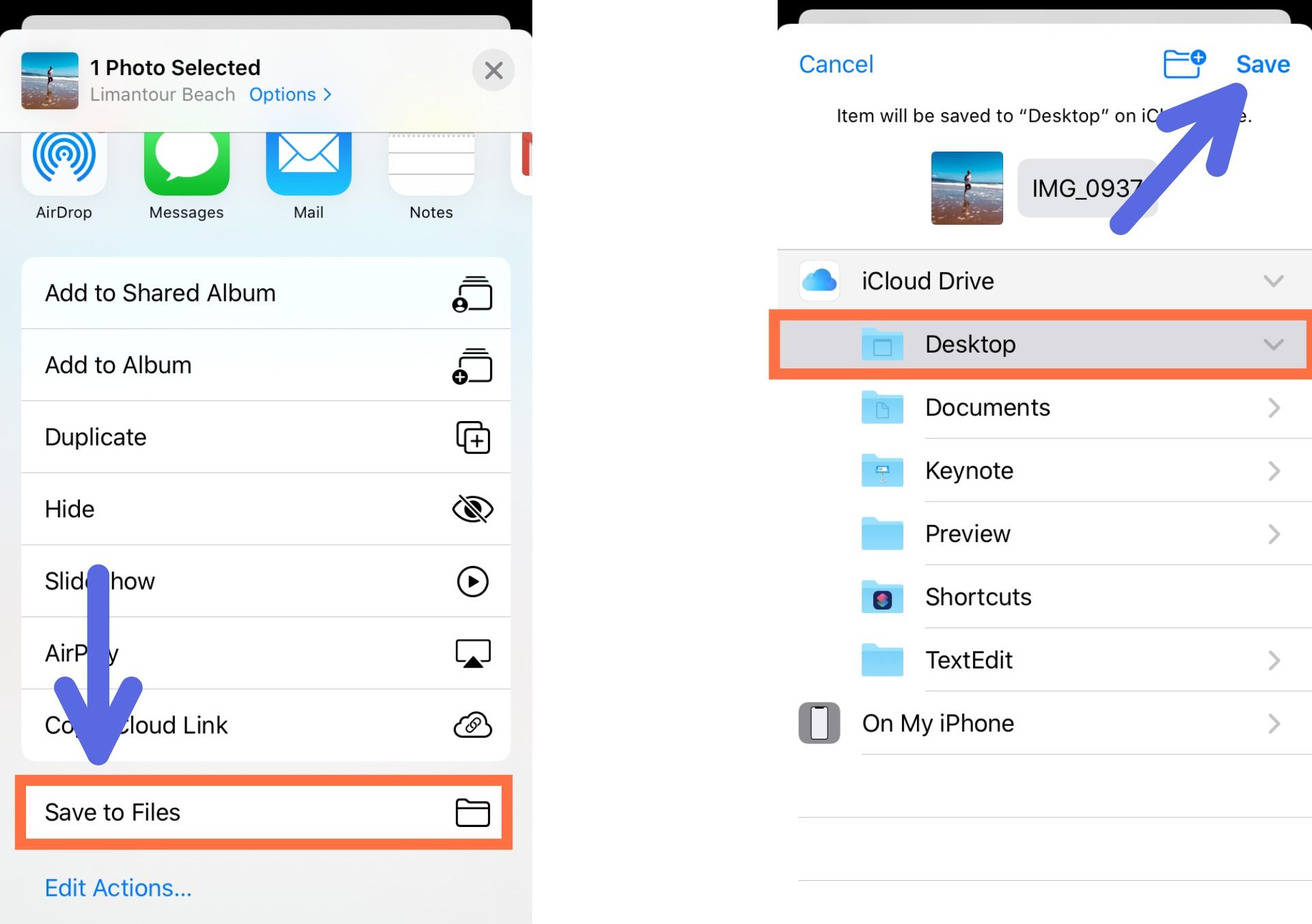
Step 3: Convert to Video
After step 2, you still won't be able to access the live photo video on your phone. We know, it's annoying 🙄 Apple makes it hard.
There's one final step to getting the video: convert your new GIF to a video. Open Kapwing's Studio in the Safari browser on your phone. Click "Get Started" or "Start with Studio."
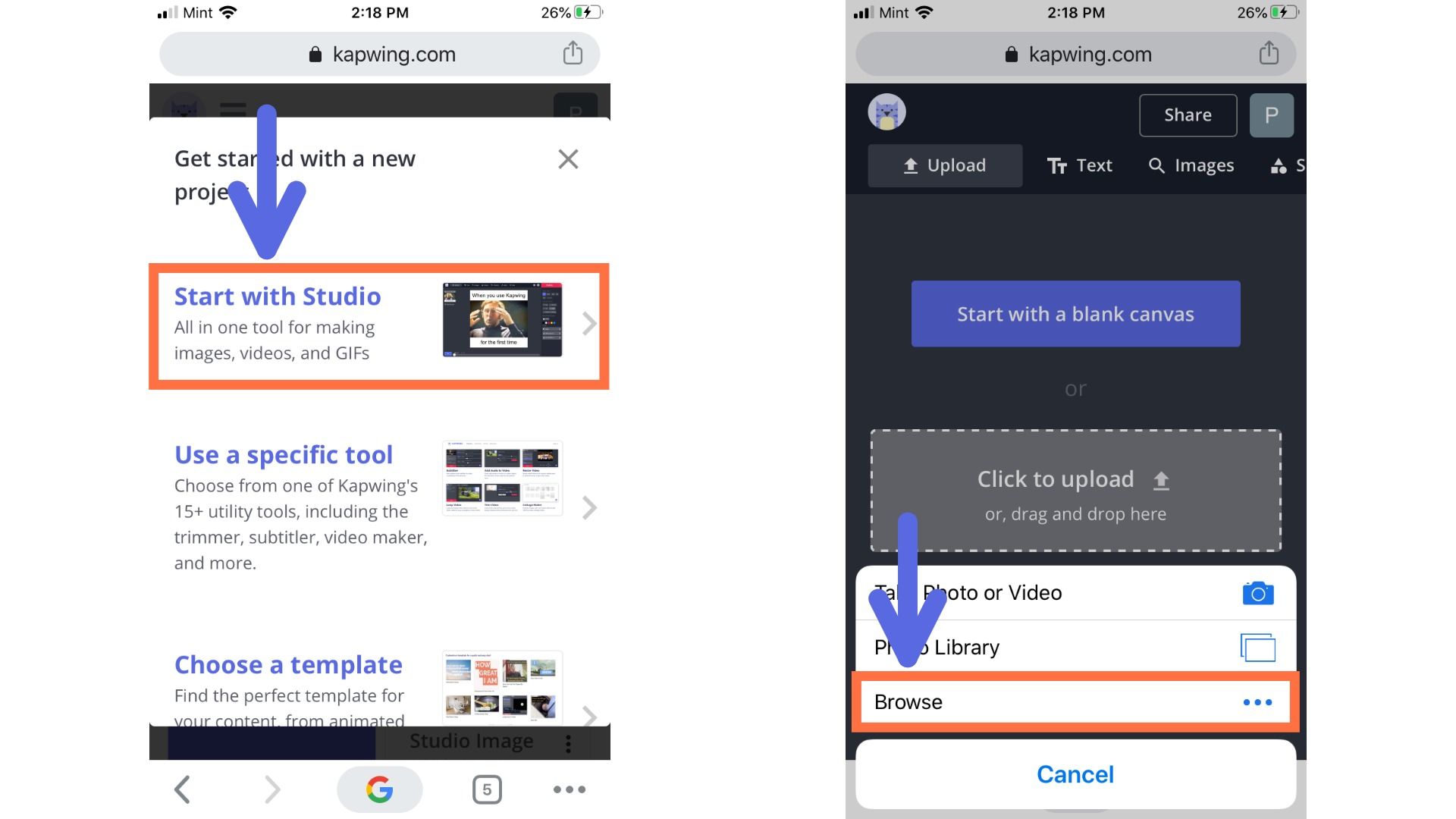
Then, tap “Click to Upload,” then “Browse.” Your saved loop or bounce file should be the most recent one in your file browser. Just select the file you want, and your video will immediately begin uploading to the Kapwing Studio.
Step 4: Download and Share to Facebook
Once your file is done uploading to the Studio, you’re ready to process it. Just click “Publish” in the top right corner of the window. Kapwing will automatically work its magic and your live photo will be ready to download as an MP4 video file in no time. Once Kapwing is done processing, simply click “Download."
If you're not signed into a Kapwing account, sign in or sign up using your Google or Facebook account – once you've signed into a Kapwing account, the watermark in the lower right corner will be removed from your final video.
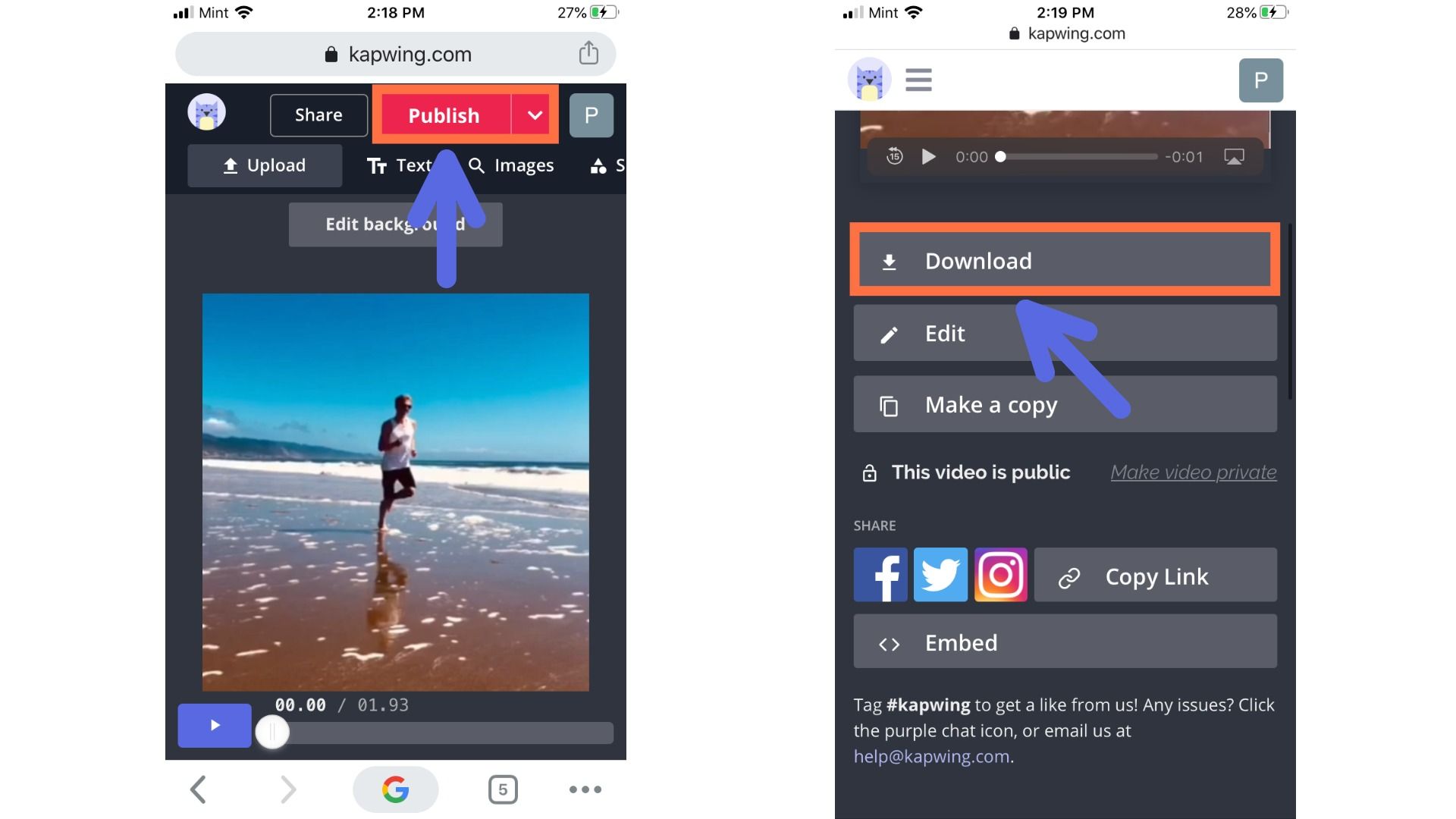
Now you're ready to share your Live Photo directly to Facebook! Just go to your Facebook homepage, start making a post, and find the "Photo/Video" button. Find the Live Photo you converted to a video and share it directly to your Facebook feed.
If you're interested in more tips and tutorials on creating digital content in 2021, check out Kapwing on YouTube. And While you're here, take a look at some related articles on creating content for Facebook:
• How to Embed a YouTube Video on Facebook
• How to Add Music to a Facebook Story
• How to Create a Facebook Profile Video


